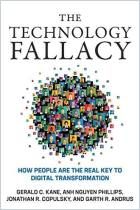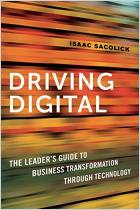MIT Sloan Management Review offers a handy guidebook to digital transformation. Each of its 17 articles focuses on a different aspect of going digital. Surprisingly, given the many contributors involved, the text hangs together nicely: Chapters and sections complement one another and repetition is minimal. While you can’t expect one book alone to guide your business through a digital transformation, this hype-free, layman’s guide to digital transformation contains enough useful strategies and tactics to get you started, and to help you avoid common and costly errors.
Before embarking on digital transformation, assess your firm’s needs and readiness.
Digital transformation means adopting digital methods, practices and technologies and adapting them to your business so that you can thrive in a rapidly changing business environment. Digital transformation requires careful planning, determined leadership and the will to change – even in the face of other urgent priorities.
If your business is going well, your executives and stakeholders may resist the kinds of changes an effective digitization requires. In this case, you’ll need to paint a picture of the dangers of complacency. The impact of digitization has moved well past efficiency and productivity gains. Digitization carries a disruptive threat to traditional businesses. Startups have shown they can replace entire industries. But digitization also offers transformational opportunities for renewal and reinvention. However, before you begin, consider carefully what changes you need to make. Don’t let the threat of disruption rush you into adopting digital initiatives prematurely.
Build a digital strategy and plan its...


















Comment on this summary